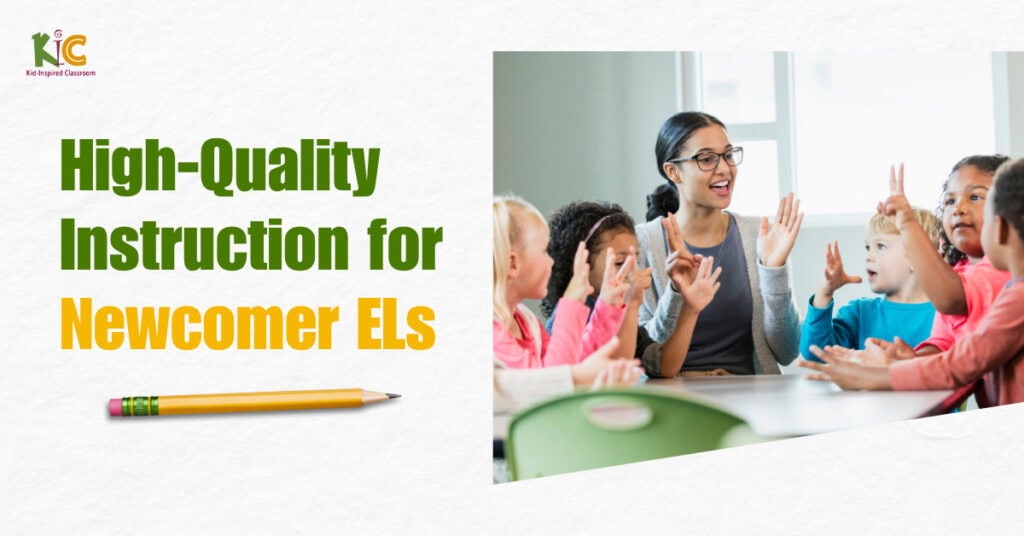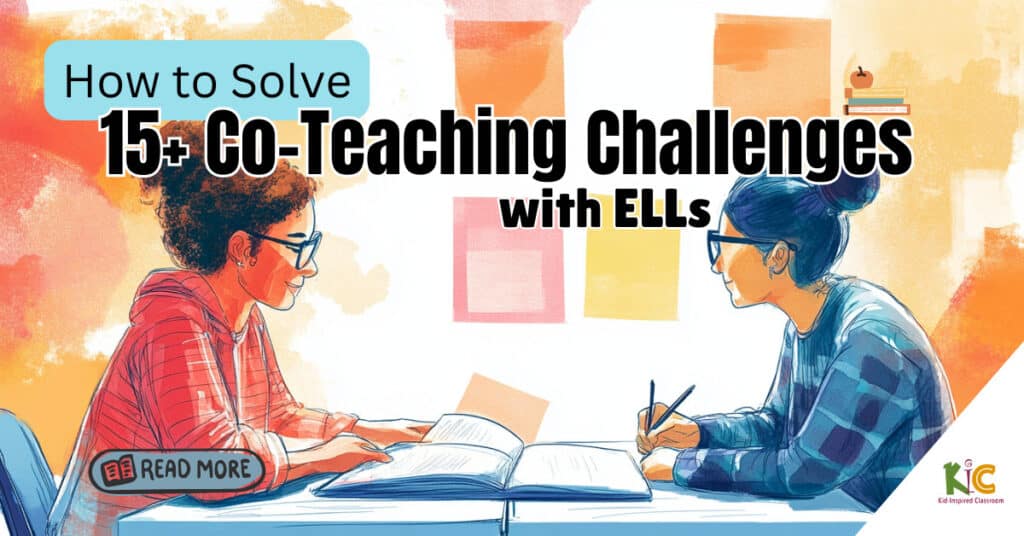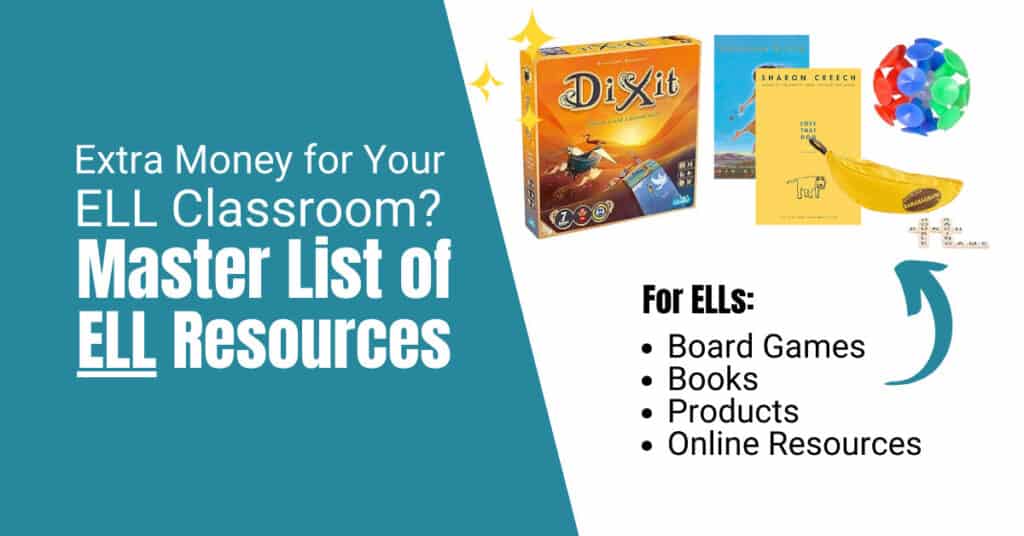
Have ELLs in your biology class in high school?
In this article we’ll discuss how to design biology lessons that scaffold the content for your English learners while also being of enormous benefit to those who may not be English learners.
This is a lesson outline that can be used for pull-out groups of English learners or by content teachers who have English learners in their classrooms.
Essentially…
All teaching involves language learning, even for native speakers. That is why these strategies will work for everyone regardless of whether they are English learners or not. If you are not using strategies like these, you risk tailoring your class to your strongest students and leaving many of your other students behind.
What works for English learners will benefit many, many other students in a content classroom.
Introduction
- Begin with a relatable question that connects to students’ lives. Examples:
- “What is that green stuff growing in my shower?”
- “Why do leaves change color in fall?”
- “How do birds know where to fly in winter?”
- Use visual aids to introduce some new important vocabulary. Show real pictures alongside simple definitions. This is not the time to focus too much on the scientific principles yet. The goal is to help them communicate what they think about the question.
- Use Think-Pair-Share to have students share ideas using sentence frames: “I think ___ because ___.”
Build on Their Background Knowledge
- Present simple visuals or timelines showing key scientific discoveries related to your topic.
- For mold example: Show pictures of different molds and where they commonly grow.
- For plant example: Display the plant life cycle with images.
- Ask students to create initial explanations using both drawings and basic sentences.
Get Hands On As Much as Possible as Early as Possible
- Design simple experiments that demonstrate biological concepts:
- Mold growth: Compare bread slices in different conditions (dry/wet, light/dark)
- Plant growth: Observe seeds sprouting with and without light
- Animal adaptation: Examine pictures of birds with different beaks and food sources
- Provide sentence frames for observations: “I observe that ___.” “This happened because ___.”
- Use graphic organizers to help students organize information.
Start Working with the Science They Need to Learn
- Start sharing some of the science that applies. Let students start making connections. This can be done by reading an article on the topic. (If you need resources like this, check out the Kid-Inspired ELL Curriculum Membership ->
- Learn more specific vocabulary as needed to understand the scientific principles.
- Use visuals for the scientific ideas and vocabulary as often as possible.
- Have students revise their initial explanations using new vocabulary and knowledge.
Communicating What They’ve Learned
- Scaffold writing with paragraph frames and word banks.
- For mold example: “Mold grows in showers because ___. We know this because ___.”
- Incorporate multiple ways to demonstrate learning (diagrams, presentations, written work).
- Allow peer feedback using guided prompts.
Get Students Working in Groups Together
- Put students in small groups of 3. Mixing language levels can benefit students at lower proficiency levels.
- Assign roles that encourage participation (material manager, recorder, reporter).
Language Support Throughout
- Provide vocabulary cards or vocabulary theme sheets for reference during discussions, reading, research, and writing.
- Post key vocabulary with visuals on a word wall.
- Provide bilingual dictionaries or translation tools when needed.
- Use consistent gestures for important concepts.
- Speak clearly and pause frequently.
- Check comprehension regularly. You can give each student a sign that says, “Got it” on one side and “Need help” on the other.
Sources & Resources:
- Lyon, E. G. The antibiotic resistance of MRSA: Teaching natural selection with literacy development for English Learners.
- Lee, Okhee & Buxton, Cory A. Integrating Science And English Proficiency For English Language Learners.
- Oliveira, Alandeom W., Weinburgh, Molly, McBride, Effie, Bobowski, Trisha, & Shea, Rebecca. Teaching Science to English Language Learners: Current Research and Practice in the Field of Science Education.
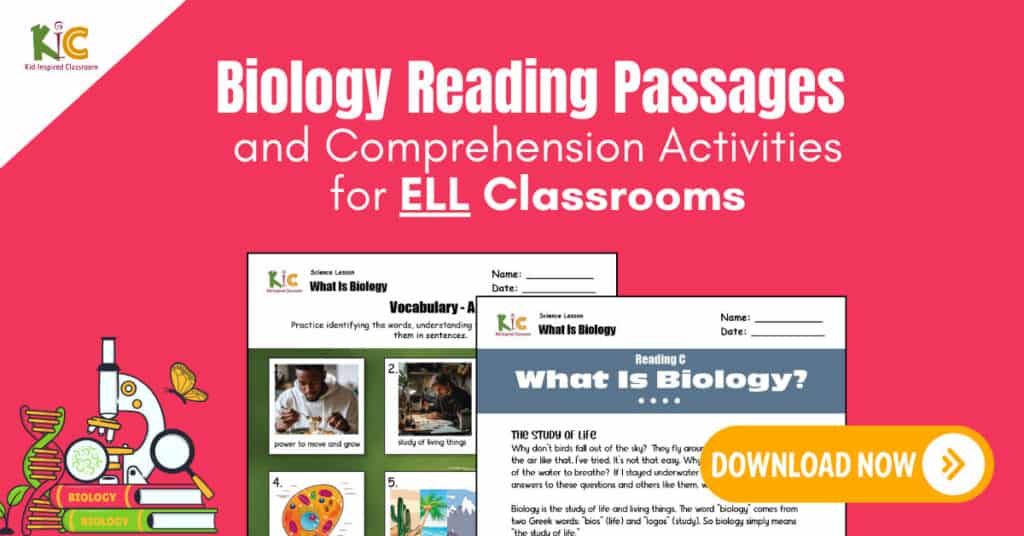
Need more science resources like this for your students?

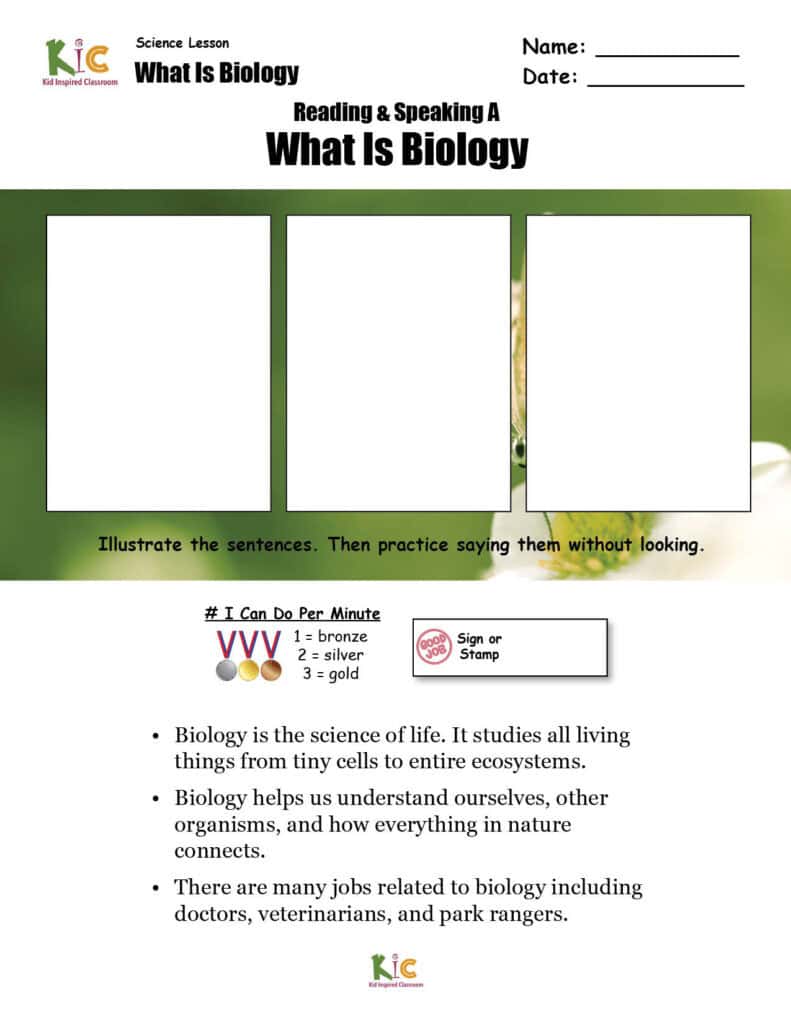




Check out the Kid-Inspired ELL Curriculum Membership to get access to lessons in:
- Science
- Biology
- Social Studies
- Literacy
- Grammar
- Phonics
- and More
🎁 Download the First Biology Lesson Free
❤️ Or Sign Up for Access to the Entire Library of Kid-Inspired Resources
